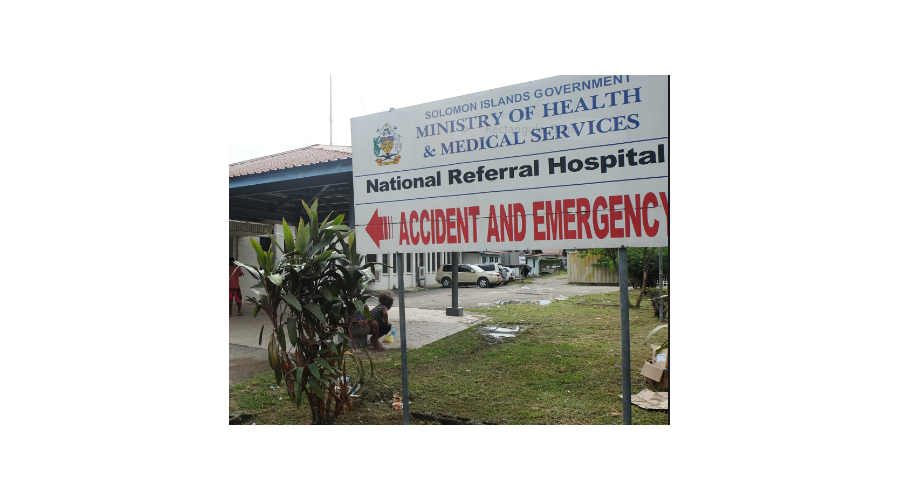19 November 2022
I have often written about shortcomings in the Solomon Islands health sector, particularly the need for the introduction of a wide range of screening programmes to detect early signs of cancer, heart disease, liver and respertory disease and particularly diabetes, as well as the need for rehabilitation services to aid those having suffered the loss of a limb due to surgery after succumbing to diabetes.
Last week with the official release of the National Health Strategic Plan 2022-2033, it was made apparent that the country has a low skilled work force compared to other Pacific countries in the immediate region.
The information published in the Island Sun newspaper on this situation went to so far to say, “The country faces a triple burden of chronic skilled health workforce shortages inequitable distribution of the workforce, and insufficient workforce to achieve the Sustainable Development Goals health target by 2030”
The article in the same newspaper added more information, and I quote the details.
Quote.
In terms of doctors (per 10,000 population) Solomon Islands has only 2.4 in 2021 compares to 8.6 of Fiji (2016), Samoa 6.0 (2020), Kiribati 2.04 (2013) and Tonga 9.46 (2020).
On nurses and midwives (per 10,000 population), Solomon Islands has 17.8 (2021) compares to Fiji 39.6 (2019), Samoa 32.6 (2018), Kiribati 38.2 (2018) and Tonga 45.4 (2020).
Apart from that, the number of establishment positions by cadre in Solomon Islands are:
1. 62 X-ray
2. 91 Dental
3. 173 Doctors/RMO
4. 397 Others
5. 453 Programme Staff
6. 1285 Nursing.
There are 2461 current establishment positions where 47 percent are in the Provinces and 53 percent at the National Referral Hospital.
Headquarters Programmes.
The report (the National Health Strategic Plan, 2022-2033) says this shortage of skilled health workforce is exacerbated by a high number of vacancies, poor staff attendance, and experienced staff leaving to take up lucrative positions overseas.
“Our health force is inequitably distributed, with more than half of the total workforce based in Honiara.
“Provincial and rural postings are difficult to fill due to several factors, the most dominant of which is the lack of staff and family accommodation.”
The same report states not being able to fill these postings represents a barrier to improving access to health services for the 80 percent of the rural majority of the population, who are also arguably the most vulnerable and in need.
“We do not have the data on the physical work location of staff.
“Staff are often working in a different location than what is noted in the staff establishment register,” the report says.
Further to that, the report states newly trained skilled health workers often enter the workforce without possessing all of the competencies required or expected of them – for example, where they are expected to provide emergency and essential surgical care in low resource settings.
The report also says new sub-specialty areas of practice and technology introduced at the National Referral Hospital mean that there are no demands and expectations to provide a level of nursing care and patient monitoring that nurses have not typically received training in.
End of quote.
Source – Solomon Times Online.
Comment
The information that has been released to the public via the press arising from the contents of the National Health Strategic Plan 2022-2033 is very concerning even to a layman as merely an observer, albeit a concerned one, of the health needs of Solomon Islands citizens and I will be very keen to know the reaction to what has been openly revealed about the shortcomings I have highlighted.
In Fiji the medical and dental needs of its more isolated communities recently benefitted by the visit of volunteer doctors, dentists and nurses who travelled and gave treatment after arriving in the country aboard the medical mission vessel the YWAM KOHA.
Is it time similar arrangements are made for our rural, isolated communities to be visited and helped medically by a visiting medical mission vessel, such as the YWAM KHOA, or through the volunteer work of the organization known as sea mercy?
Yours sincerely
Frank Short



